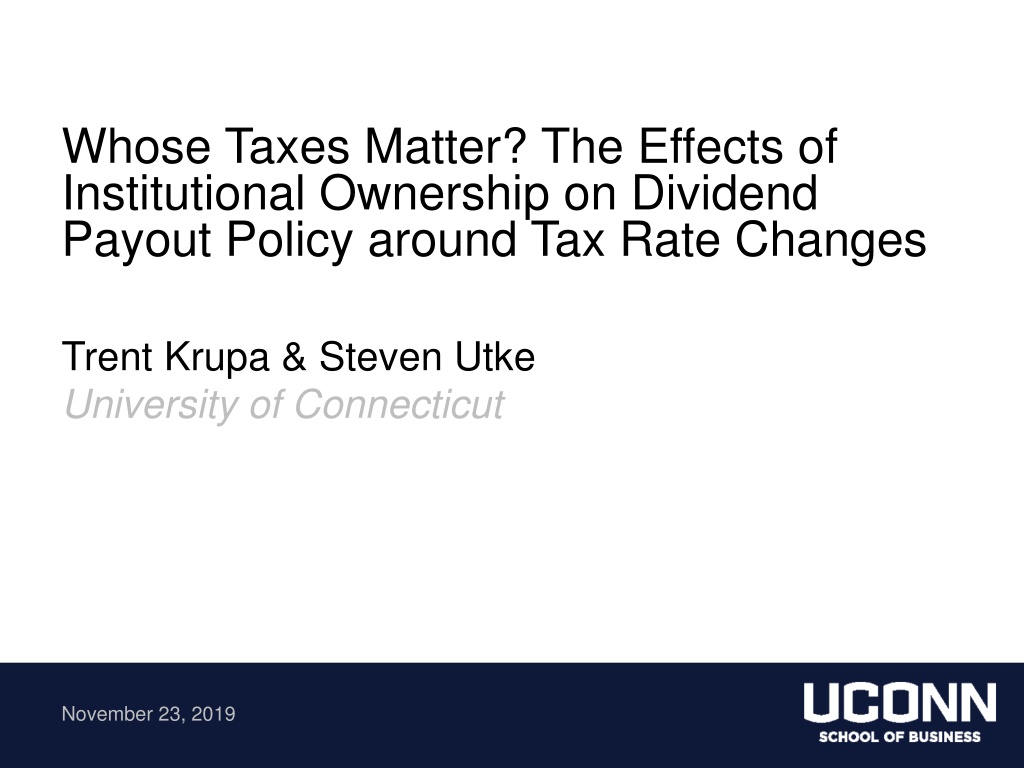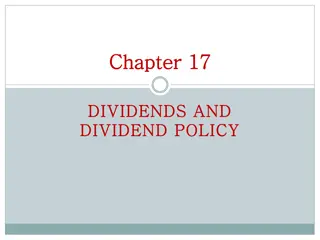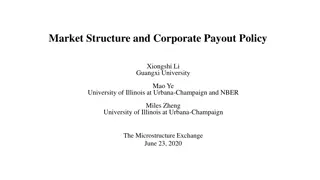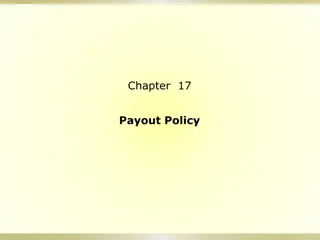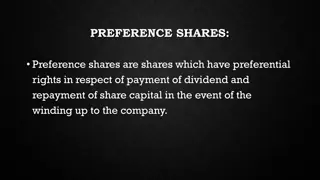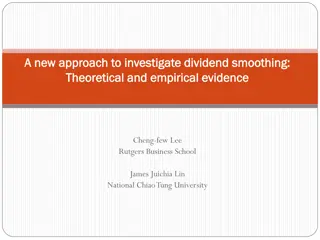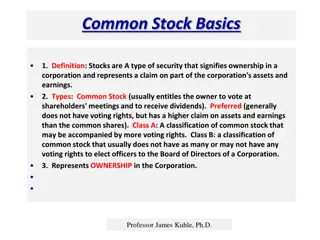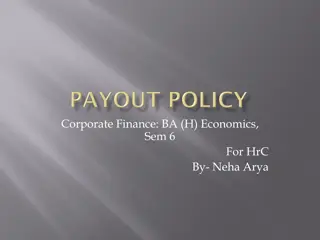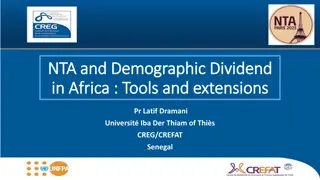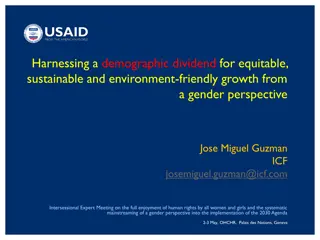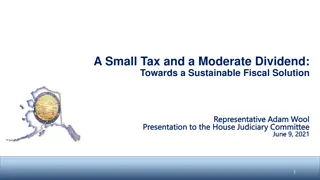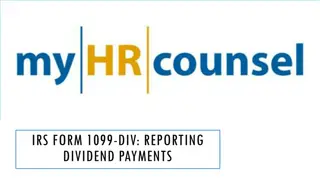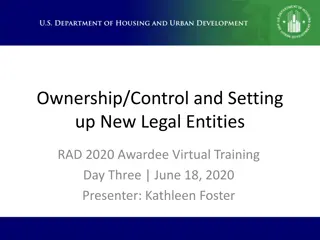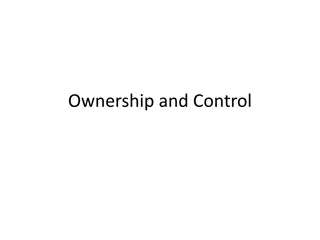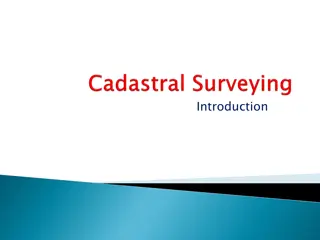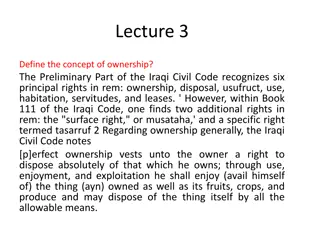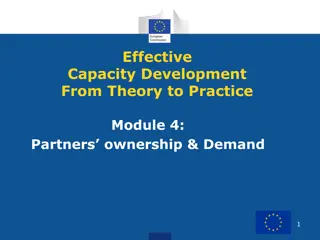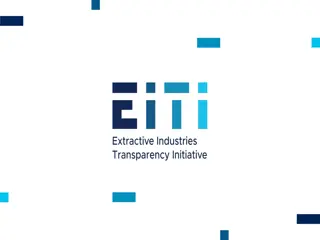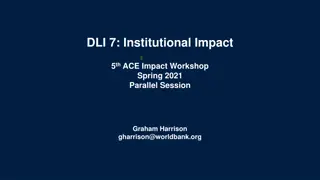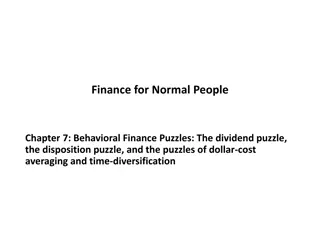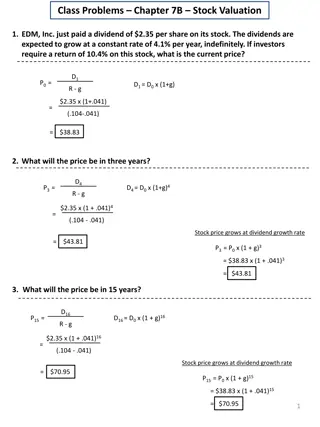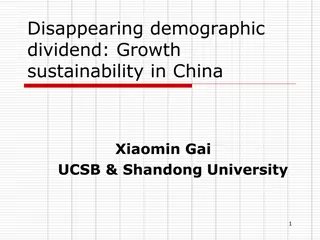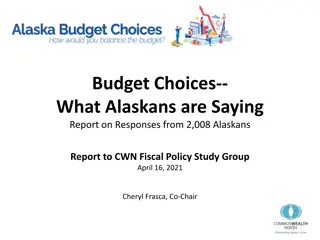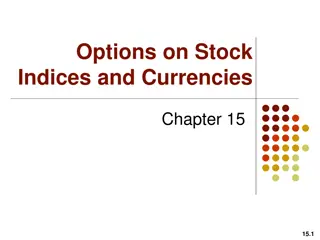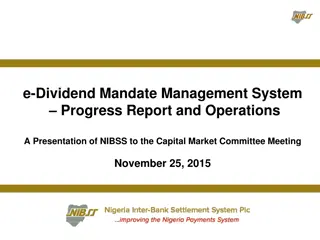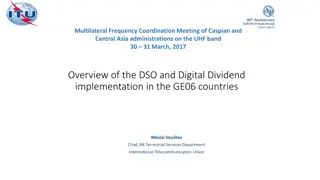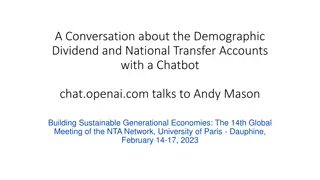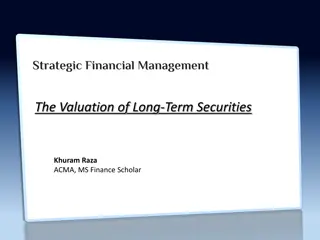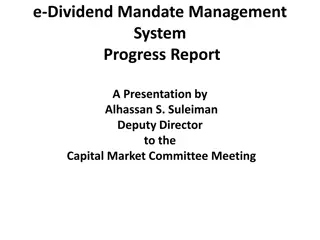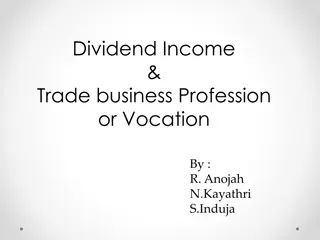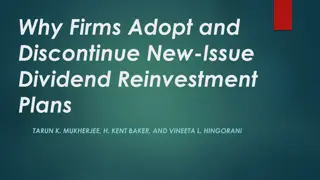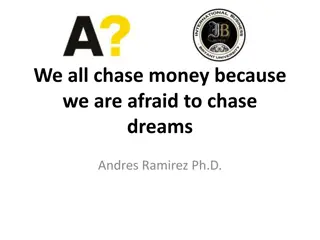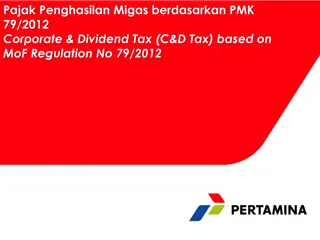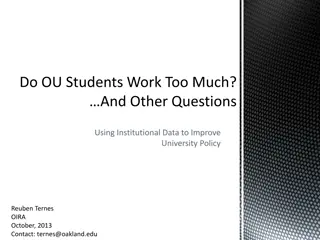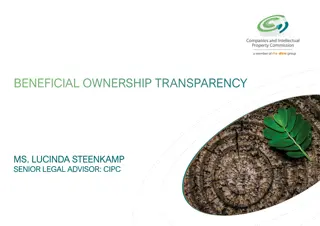Effects of Institutional Ownership on Dividend Payout Policy
This study examines how a firm's ownership structure, particularly institutional ownership, influences its dividend policy around tax rate changes. It explores the impact of tax-sensitive/insensitive institutional ownership, the role of dedicated institutions as monitors, and the interaction between insider and institutional ownership. The research highlights the importance of considering ownership dynamics in dividend decision-making.
Download Presentation

Please find below an Image/Link to download the presentation.
The content on the website is provided AS IS for your information and personal use only. It may not be sold, licensed, or shared on other websites without obtaining consent from the author. Download presentation by click this link. If you encounter any issues during the download, it is possible that the publisher has removed the file from their server.
E N D
Presentation Transcript
Whose Taxes Matter? The Effects of Institutional Ownership on Dividend Payout Policy around Tax Rate Changes Trent Krupa & Steven Utke University of Connecticut November 23, 2019
Research Questions Does a firm s ownership structure affect the firm s dividend policy around tax rate changes? How does tax-sensitive/insensitive institutional ownership affect a firm s decision to pay dividends ahead of a tax rate increase? How does the type of institutional owner (i.e., dedicated institutions who act as monitors) affect this relation? How does insider ownership interact with institutional ownership to affect both of these relations?
Introduction & Motivation Firms pay attention to shareholder tax rate changes when determining dividend policy (Hanlon & Hoopes, 2014). Hanlon & Hoopes examine (taxable) insiders Disperse / heterogeneous ownership mitigates the effect of owners taxes on payout policy for small closely held private firms (Jacob & Michaely, 2017) Unclear whether the tax-sensitivity of the overall investor base influences the decision to pay dividends around tax rate changes for widely held public firms Conflicts with insiders? Market consequences? Power?
Introduction & Motivation There is significant heterogeneity in the both the tax- sensitivity and monitoring incentives of investors Institutional Owners Individual Owners Tax Sensitive Tax Insensitive Dedicated Tax Insensitive Tax Insensitive Non-Dedicated Insiders
Setting Dividend tax rates were set to increase beginning in 2011, but this was subsequently delayed to the beginning of 2013 Significant uncertainty in the period prior to the increase regarding the new dividend tax rates As such, some firms accelerated payments to investors into the tax favored periods through special dividends and shifted regular dividends (Hanlon & Hoopes 2014)
Setting This setting is advantageous versus other settings examining the relation between ownership and payout policy (e.g., Chetty & Saez 2005) because these payments: occurred in a very short timeframe with relatively few economic confounders typically associated with tax law changes, and represented a one-time modification to payout policy, without the concern of sticky increases in dividends associated with increases to regular dividends following tax rate cuts
Empirical Test Special Divs. Sample: 112,238 firm-distributions from 1991 to 2016 Linear probability model (following Hanlon & Hoopes 2014) ????????????= ?1???????????+ ?2??????2010??+ ?3??????2012??+ ???????????? ???????????+ ???????????? ???????????+ ?6??????+ ?7????????+ ?8?????+ ???? ?? + ?????? SpecialDiv equals either the likelihood or magnitude of special dividends. Ownership represents our institutional ownership variables of interest
Empirical Test Div. Shifting Sample: 341 firms that we classify as typical January dividend payers. We examine the likelihood of a shift from a January 2013 dividend payment into December 2012 for these typical January payers ??????= ????????????+ ?2?????+ ?3???????+ ?4???? We add interactions between institutional ownership and insider ownership to examine how this relation varies with insider ownership
Key Results Tax-Sensitivity Firms are less likely to accelerate dividends when they are owned by more non-dedicated tax-insensitive owners Each additional 1% of tax-insensitive ownership decreases the likelihood of a special dividend by 0.087% in 2012 (or 0.80% vs. a baseline likelihood of a special dividend of 1.25%) Tax-insensitive dedicated institutions have no differential effect on special dividends, but are positively associated with shifted dividends
Key Results Tax-Sensitivity Number of Special Dividends, High vs. Low Quintile of Tax- Insensitive Institutional Ownership Low Tax-Insensitive High Tax-Insensitive
Key Results Inside Ownership We re-examine the positive association between insider owners and dividend acceleration first documented by Hanlon & Hoopes (2014) The insider effect on special dividends is positive even in the top tercile of tax-insensitive ownership Insiders also offset the negative effect of tax-insensitive institutional ownership (documented on the prior slide) on shifted dividends
Key Results Inst. Type We next parse the sample on terciles of tax-insensitive dedicated institutional ownership The insider effect on special dividends is only positive for the lower terciles of dedicated tax-insensitive institutional owners Insiders are unable to increase the likelihood of a shift in regular dividends when we consider the effects of dedicated tax-insensitive institutional ownership
Additional Analyses Learning: special dividend announcements before tax increase generate positive market reactions (Hribar, Savoy, & Wilson 2019) If dedicated tax-insensitive owners encourage special dividends due to price appreciation we should observe a positive association between dedicated ownership and the number of days since the first declaration of a distribution Dedicated tax-insensitive ownership is positively associated with the number of days since the first special declaration, suggesting learning Placebo test: Generally no results for year-ends 1995, 2000, 2005, 2015
Conclusion Using a setting and measure which allow for a strong identification of the effects of current ownership on dividend policy, we find that firms account for the tax preferences of their investor base when setting dividend policy We find that insiders may overweight their own tax benefits when crafting dividend policy Disperse ownership structure generally does not have the same muting effect in a capital market setting with separation of ownership and control (e.g., Jacob & Michaely, 2017) However, tax-insensitive dedicated institutional owners serve as monitors of insider dividend distributions while also encouraging distributions that increase value for other (taxable) shareholders
